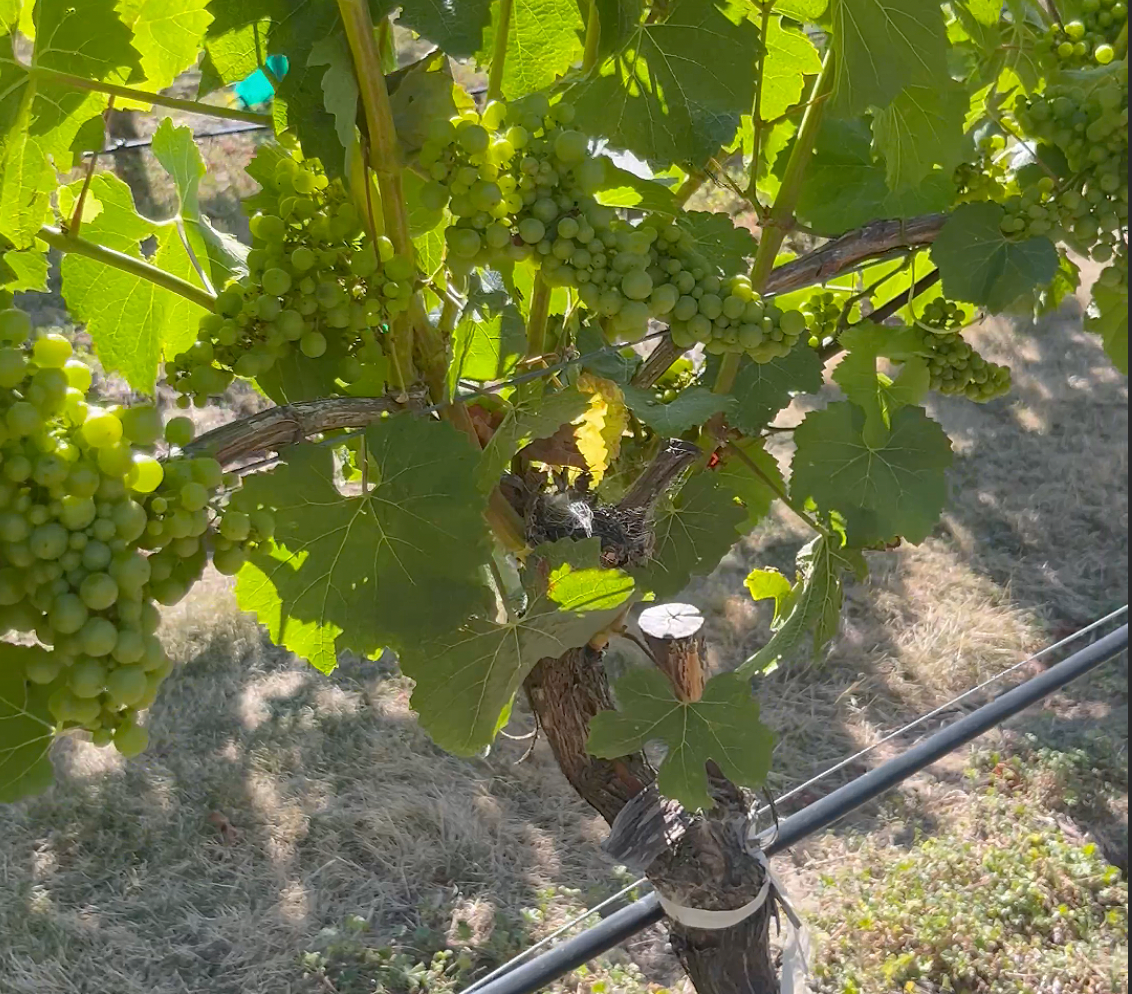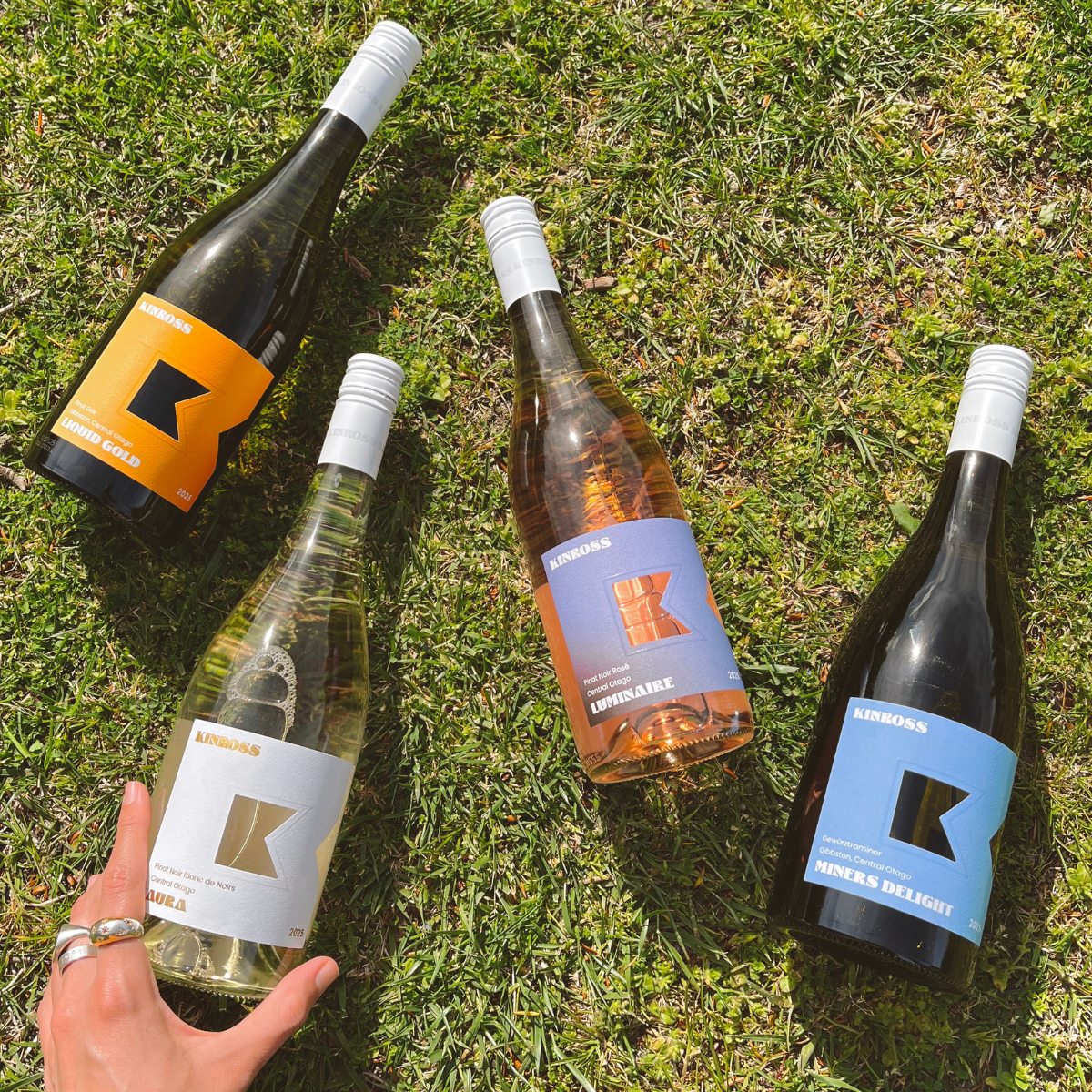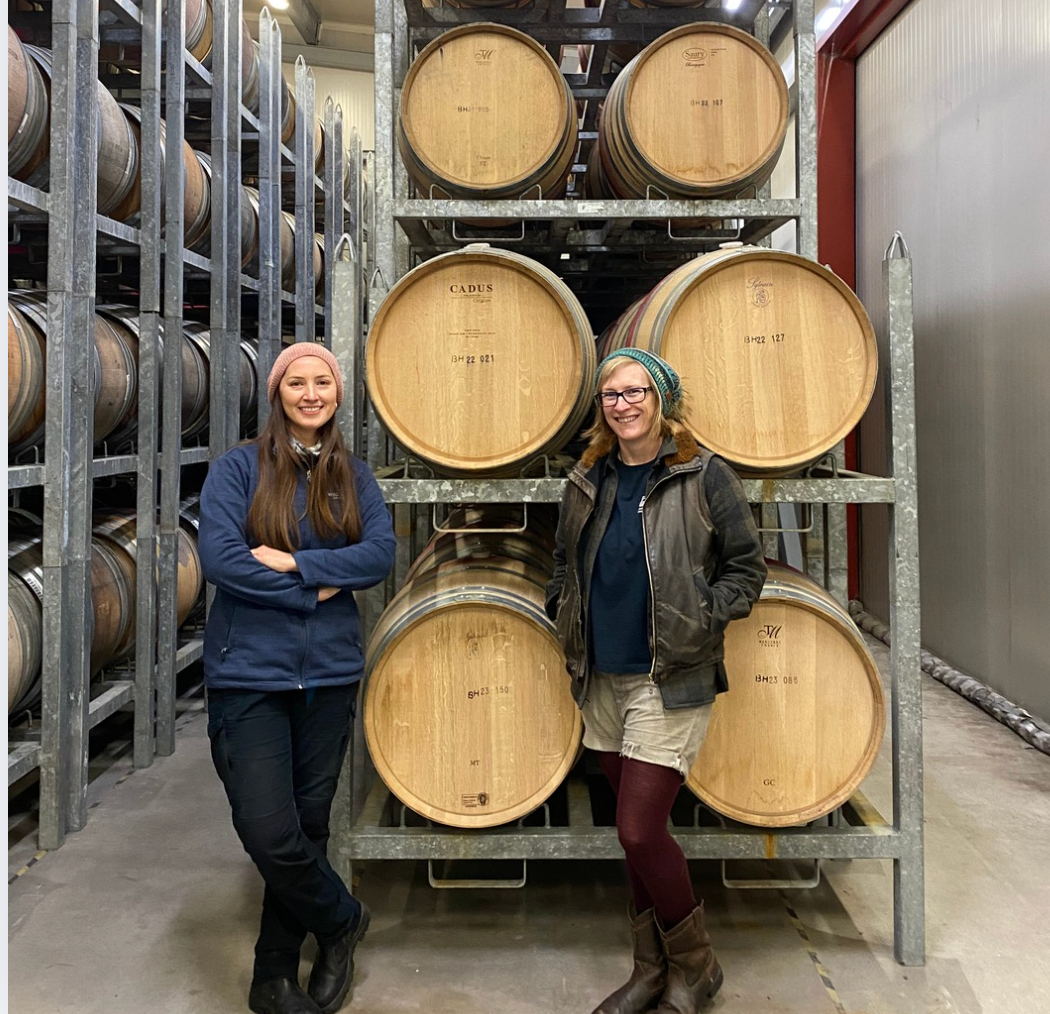
How do you turn Gewürztraminer into Chardonnay? Top Grafting Explained
By Gary Crabbe- Kinross Viticulturist.
How Top Grafting Helped Bring This Wine to Life
Top grafting is a proven viticultural technique that allows growers to change the grape variety of an established vine by attaching a new bud or cutting to its existing root system. Instead of planting new vines and waiting years for them to mature, this method leverages deep, well-developed roots, often 10 to 20 years old, to support a different grape variety above ground.
At Kinross, we applied top grafting to transition part of our vineyard from Gewürztraminer to Chardonnay, resulting in what is now known as The Prospector Chardonnay.
Why Grafted Vines and Older Roots Matter
Retaining mature root systems offers a significant advantage in winemaking, especially in a cool-climate region like Central Otago. These older roots provide better access to water and soil nutrients, helping vines remain stable during seasonal extremes.
More importantly, older vines tend to grow more slowly and regulate themselves naturally, producing lower yields of more intensely flavoured fruit. This typically results in wines with greater depth, structure, and complexity.
The Evolution Behind The Prospector Chardonnay
Several years ago, our vineyard included mature Gewürztraminer vines. As we shifted focus to meet growing demand for Chardonnay, we chose to graft Chardonnay buds, specifically clones B95, 548, and Mendoza, onto the existing Gewürztraminer trunks. Over two years, the new Chardonnay shoots grew strong, and the Gewürztraminer was removed. This method enabled us to accelerate Chardonnay production while retaining the benefits of deep, established roots.
About The Prospector Chardonnay 2024
Hand-harvested from our Gibbston Home Vineyard, The Prospector Chardonnay reflects both maturity and innovation. The 2024 vintage combines:
- One-third B95 (for fruit expression and productivity)
- One-third 548 (noted for elegance and citrus characters)
- One-third Mendoza (known for texture and richness)
After whole-bunch pressing, the juice underwent wild fermentation in French oak (30% new), followed by seven months of lees aging. The result is a complex wine showing stone fruit, citrus blossom, ginger, tarragon, and candied orange, all underpinned by fine tannins and a mineral finish.
Only 1,650 bottles were produced—making this a rare, limited-release wine.







